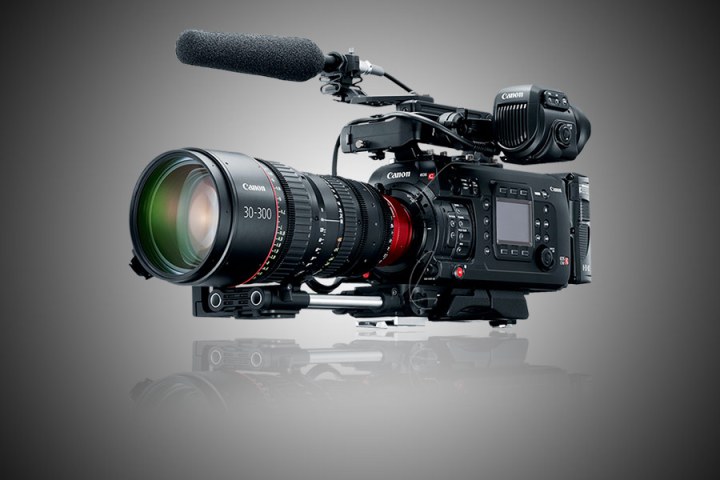
A global shutter differs from a standard electronic rolling shutter by recording every pixel at exactly the same moment. Most CMOS sensors read out pixels line by line, which causes issues when shooting fast-moving subjects or when panning the camera quickly. The top of the sensor sees a different moment from the bottom of the sensor which leads to a skewed image. A global shutter corrects this, ensuring that vertical lines remain vertical and any motion is accurately recorded.
Global shutters aren’t without their own issues, however. First, they tend to be quite expensive. On the C700, Canon has managed to control costs relatively well, with the GS model only going for $3,000 more than the standard rolling shutter version. The other issue is that global shutters suffer from decreased dynamic range. While the standard C700 captures an impressive 15 stops of latitude, the GS model drops to 14 stops. Admittedly, that’s still really good, but it does mean users shouldn’t automatically gravitate toward the GS model without first considering exactly what they’ll be shooting.
Canon entered the cinema camera market with the $15,000 C300 several years ago. It then dropped down to address the needs of the lower end of the market with the C100, and then went high-end again with the the 4K-capable C500. Even without the GS model, the new C700 platform brings Canon into brand new territory, pitting it against ultra-high-end manufacturers like Arri and Red. It is decidedly for professional users, with even the base C700 selling for $35,000. For more information, head over to Canon’s Cinema EOS website.



